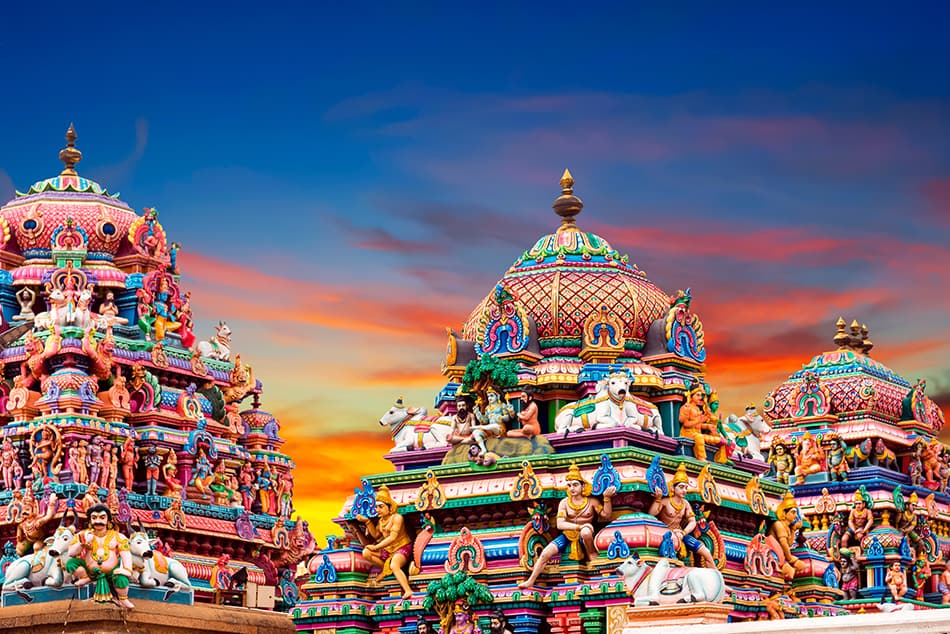No products in the cart.
Introduction
A Hindu temple, often mandir in India, is a symbolic house, seat and body of divinity for Hindus. It is a structure designed to bring human beings and gods together, using symbolism to express the ideas and beliefs of Hinduism. The symbolism and structure of a Hindu temple are rooted in Vedic traditions, deploying circles and squares. It also represents recursion and the representation of the equivalence of the macrocosm and the microcosm by astronomical numbers, and by “specific alignments related to the geography of the place and the presumed linkages of the deity and the patron”. A temple incorporates all elements of the Hindu cosmos — presenting the good, the evil and the human, as well as the elements of the Hindu sense of cyclic time and the essence of life — symbolically presenting dharma, kama, artha, moksa, and karma.

The spiritual principles symbolically represented in Hindu temples are given in the ancient Sanskrit texts of India (for example, the Vedas and Upanishads), while their structural rules are described in various ancient Sanskrit treatises on architecture (Bṛhat Saṃhitā, Vāstu Śāstras). The layout, the motifs, the plan and the building process recite ancient rituals, geometric symbolisms, and reflect beliefs and values innate within various schools of Hinduism.[5] A Hindu temple is a spiritual destination for many Hindus, as well as landmarks around which ancient arts, community celebrations and economy have flourished.
Hindu temples come in many styles, are situated in diverse locations, deploy different construction methods and are adapted to different deities and regional beliefs, yet almost all of them share certain core ideas, symbolism and themes. They are found in South Asia, particularly India and Nepal, Bangladesh, Pakistan, Sri Lanka, in Southeast Asian countries such as Cambodia, Vietnam, Malaysia, and Island of Indonesia, and countries such as Canada, Fiji, France, Guyana, Kenya, Mauritius, the Netherlands, South Africa, Suriname, Tanzania, Trinidad and Tobago, Uganda, the United Kingdom, the United States, and other countries with a significant Hindu population.
Significance of Temple

We often worship in temples without knowing the meaning of each. However, it is important to know the temple’s mythology, its meaning, and the stories associated with it. This will make our worship more meaningful, M.V. Anantapadmanabhachariar, in conversation.
Temple The names of cities often have their own history. For example, there is a story about why Naimisharanha got that name. Nemi means circle in Sanskrit. It is said that when the gods asked Beomcheon where he should repent, Beomcheon threw the ring and told him to go to confession where the ring fell. He fell in love with what we now know as Naimisharanya. It is named after the Ring of Brahma. According to another story, Lord Narayana used his disk (Sudarsana) to destroy the demon and then told Sudarsana to clean himself up in what is now Naimisharanya. It was called Naimisharanya because the disks swam there.
In a certain temple the Lord appeared according to His will. In addition, there are temples where sages, deities, and people enshrine deities. The seven places of Ayodhya, Kashi, Mathura, Puri, Kanchi, Avantika and Dvaraka are considered very sacred. It is important to visit these places.
Mathura – The place where Ambarisha performed penance. It was in Mathura where the young Druva repented. It was originally known as Madhu vanam.This is where Krishna was born. In Kanchipuram there is a temple with a god named Deepa Prakasha. Vedanta Deshika wrote Sanskrit works in praise of this god. In one of the verses he indicates that Narayana is worshiped in temples according to one of the two agamas of Pancaratra or Vaikhanasa. The Lord Himself taught Pankaratra. As for Vaikhanasa Agama, it was taught by the sage Vikhanas. Although heavenly beings worshiped the Lord many times, their worship always had a specific purpose. They wanted to regain lost power or to protect their position. But we should not ask God for such little things when we worship Him. We must be motivated by our love for him.
Temple History
The earliest temple buildings were not built of stone or brick, but appeared much later. In ancient times, public or communal temples may have been made of mud with thatched roofs of straw or leaves. Cave temples were common in hard-to-reach places and mountainous terrain.
Historians say that Hindu temples did not exist during the Vedic period (1500-500 BC). Historian Nirad S. An early structure representing idolatry, the Chaudhuri, dates back to the 4th or 5th century AD. Between the 6th and 16th centuries there was a fundamental development in temple architecture. This phase of Hindu temple growth reflects the rise and fall, along with the fate of the various dynasties that ruled India during this period, which greatly promoted and influenced temple construction, especially in South India.

Hindus regard temple building as a very reverent practice that brings great religious value. As a result, kings and wealthy people sought to patronize the temple’s construction, and according to Swami Harshananda, several stages of the temple’s construction were performed as religious ceremonies.
A number of ancient Indian texts propose the prevalence of murtis, temples and shrines in the Indian subcontinent for lots of years. for instance, the temples of the Koshala state are noted within the Valmiki Ramayana(diverse recent scholars’ estimates for the earliest stage of the text range from the 7th to 4th centuries BCE, with later degrees extending up to the 3rd century CE) The fifth century BCE text, Astadhyayi, mentions male deity arcas or murtis of Agni, Indra, Varuna, Rudra, Mrda, Pusa, Surya, and Soma being worshiped, in addition to the worship of arcas of woman goddesses along with Indrani, Varunani, u.s., Bhavani, Prthivi and Vrsakapayi. The second century BCE “Mahabhasya” of Patanjali extensively describes temples of Dhanapati (deity of wealth and finance, Kubera), in addition to temples of Rama and Kesava, wherein the worship included dance, song and massive rituals. The Mahabhasya additionally describes the rituals for Krsna, Visnu and Shiva. A picture recovered from Mathura in north India has been dated to the second century BCE. Arthashastra of Kautilya, 4th century BC describes a town of temples, each containing diverse Vedic and Puranic deities. All three of these assets have a common call and describe a commonplace ritual, symbolism, and that means. possibly it indicates that the idea of murtis, temples, and shrines became handed down from one era to any other in historical India at least from the 4th century BC. Scientists advocate that the oldest temples were built of brick and wood. Later, stone became the material of choice for creation.
There are some historical temples which we are going to discuss based on this construction:
- Temples of South India(6th-18th Century CE)
The Pallavas (600–900 CE) backed the constructing of the rock-cut chariot-formed temples of Mahabalipuram, together with the well-known shore temple, the Kailashnath, and Vaikuntha Perumal temples in Kanchipuram in southern India. The Pallavas style similarly flourished with the structures developing in stature and sculpturesturning into extra ornate and difficult throughout the rule of the dynasties that followed, specially the Cholas (900–1200 CE), the Pandyas temples (1216–1345 CE), the Vijayanagar kings (1350–1565 CE) and the Nayaks (1600–1750 CE).
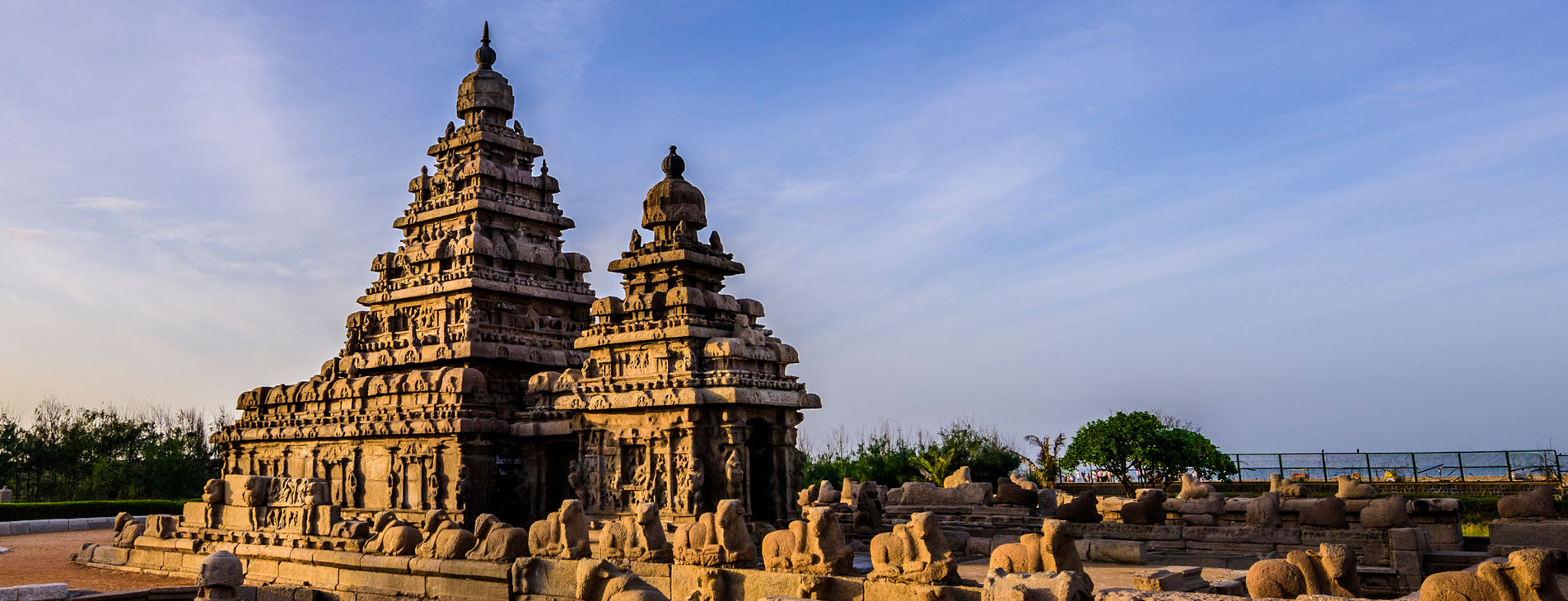 The Chalukyas (543–753 CE) and the Rastrakutas (753–982 CE) also made essential contributions to the development of temple structure in Southern India. The cave temples of Badami, the Virupaksha temple at Pattadakal, the Durga Temple at Aihole, and the Kailasanatha temple at Ellora are status examples of the grandeur of this period. Different crucial architectural marvels of this period are the sculptures of Elephanta Caves and the Kashi Vishwanath temple.
The Chalukyas (543–753 CE) and the Rastrakutas (753–982 CE) also made essential contributions to the development of temple structure in Southern India. The cave temples of Badami, the Virupaksha temple at Pattadakal, the Durga Temple at Aihole, and the Kailasanatha temple at Ellora are status examples of the grandeur of this period. Different crucial architectural marvels of this period are the sculptures of Elephanta Caves and the Kashi Vishwanath temple.
Throughout the Chola duration, the South Indian style of building temples reached its top, as exhibited by way of the enforcing systems of the Tanjore temples. The Pandyas observed within the footsteps of the Cholas and similarly improved on their Dravidian style, as evident inside the problematic temple complexes of Madurai and Srirangam. After the Pandyas, the Vijayanagar kings persevered with the Dravidian lifestyle, as evident in the spectacular temples of Hampi. The Nayaks of Madurai, who followed the Vijayanagar kings, highly contributed to the architectural style of their temples, bringing in problematic hundred or thousand-pillared corridors and tall and ornate ‘gopurams’, or enormous structures that fashioned the gateway to the temples, as obvious within the temples of Madurai and Rameswaram.
- Temples of East, West and central India(8th-13th Century)
In Japanese India, particularly in Orissa between 750–1250 CE and in crucial India between 950–1050 CE, many gorgeous temples had been constructed. The temples of Lingaraja in Bhubaneswar, 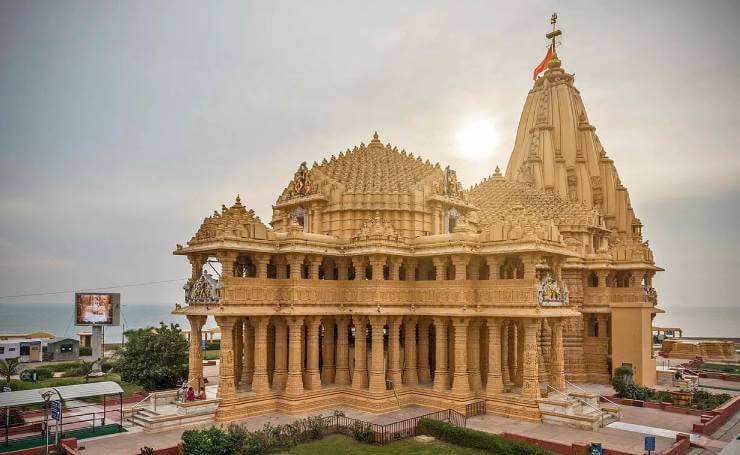 the Jagannath temple in Puri, and the Surya temple in Konarak undergo the stamp of Orissa’s proud historic heritage. The Khajuraho temples, recognized for its erotic sculptures, and the temples of Modhera and Mt. Abu have their personal fashion belonging to relevant India. The terracotta architectural fashion of Bengal additionally lent itself to its temples, also fantastic for its gabled roof and eight-sided pyramid shape referred to as the “aath-chala.”
the Jagannath temple in Puri, and the Surya temple in Konarak undergo the stamp of Orissa’s proud historic heritage. The Khajuraho temples, recognized for its erotic sculptures, and the temples of Modhera and Mt. Abu have their personal fashion belonging to relevant India. The terracotta architectural fashion of Bengal additionally lent itself to its temples, also fantastic for its gabled roof and eight-sided pyramid shape referred to as the “aath-chala.”
- Temples of Southeast Asia(7th-14th Century)
Southeast Asian international locations, lots of which have been dominated by Indian monarchs, saw the construction of many awesome temples inside the vicinity during the seventh and 14th century which are nevertheless famous visitor attractions nowadays.
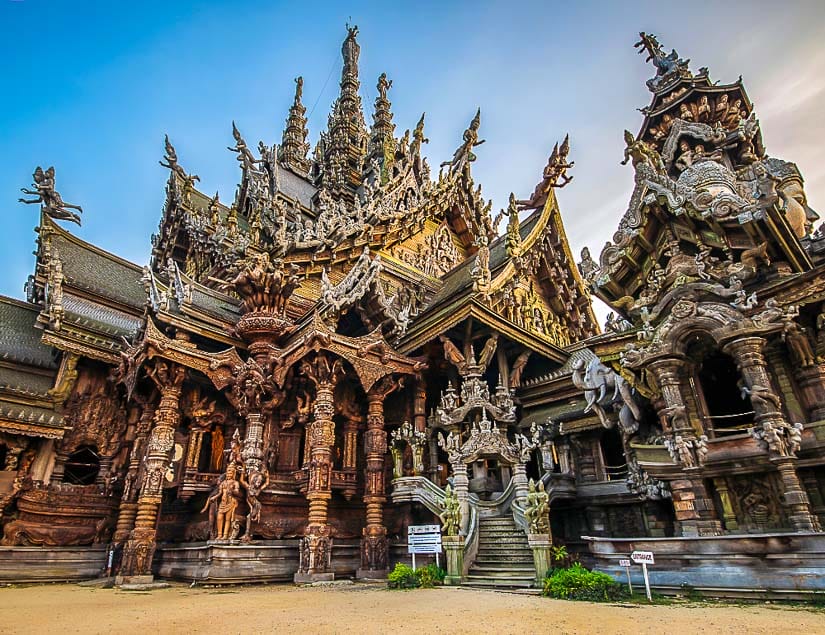 The most well-known among them are the Angkor Vat temples constructed by King Surya Varman II within the twelfth century. Some of the main Hindu temples in Southeast Asia that also exist encompass the Chen l. a. temples of Cambodia (7th–eighth century), the Shiva temples at Dieng and Gdong Songo in Java (8th–9th century), the Prambanan temples of Java (ninth–tenth century), the Banteay Srei temple at Angkor (tenth century), the Gunung Kawi temples of Tampaksiring in Bali (eleventh century), the Panataran (Java) (14th century), and the mother Temple of Besakih in Bali (14th century).
The most well-known among them are the Angkor Vat temples constructed by King Surya Varman II within the twelfth century. Some of the main Hindu temples in Southeast Asia that also exist encompass the Chen l. a. temples of Cambodia (7th–eighth century), the Shiva temples at Dieng and Gdong Songo in Java (8th–9th century), the Prambanan temples of Java (ninth–tenth century), the Banteay Srei temple at Angkor (tenth century), the Gunung Kawi temples of Tampaksiring in Bali (eleventh century), the Panataran (Java) (14th century), and the mother Temple of Besakih in Bali (14th century).
- Temples in todays time:
These days, Hindu temples throughout the globe form the cynosure of India’s cultural tradition and spiritual succor. There are Hindu temples in nearly all countries of the sector, 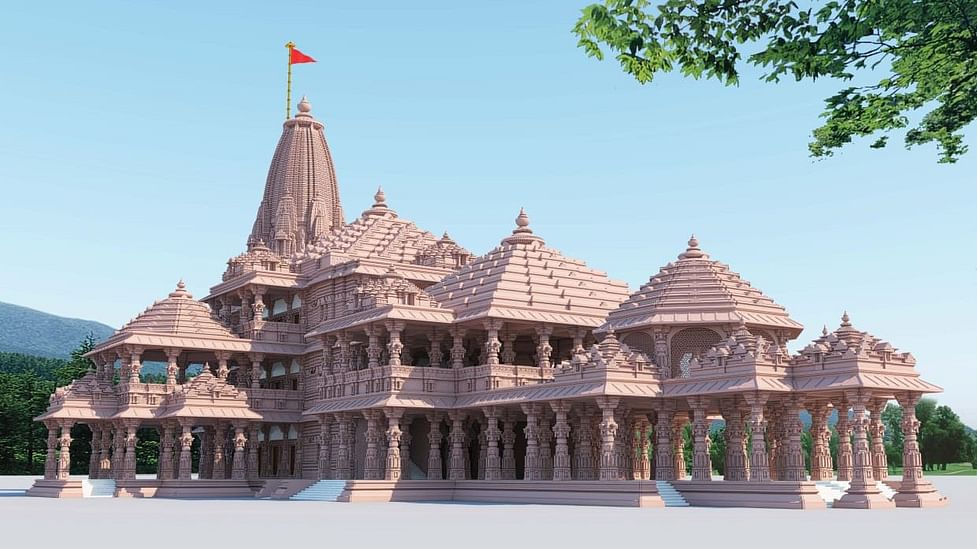 and modern-day India is bristling with beautiful temples, which extremely make a contribution to its cultural historical past. In 2005, arguably the most important temple complex was inaugurated in New Delhi at the banks of river Yamuna. The huge effort of eleven,000 artisans and volunteers made the majestic grandeur of the Akshardham temple a fact. It’s an amazing feat which the proposed international’s tallest Hindu temple of Mayapur in West Bengal is aiming to perform.
and modern-day India is bristling with beautiful temples, which extremely make a contribution to its cultural historical past. In 2005, arguably the most important temple complex was inaugurated in New Delhi at the banks of river Yamuna. The huge effort of eleven,000 artisans and volunteers made the majestic grandeur of the Akshardham temple a fact. It’s an amazing feat which the proposed international’s tallest Hindu temple of Mayapur in West Bengal is aiming to perform.
So at last we can conclude that Temples generally have a major construction and a larger precinct, which may also contain many different buildings, or may be a dome fashioned structure, much like an igloo. The phrase comes from historic Rome, in which a templum constituted a sacred precinct as defined by way of a priest, or augur.

